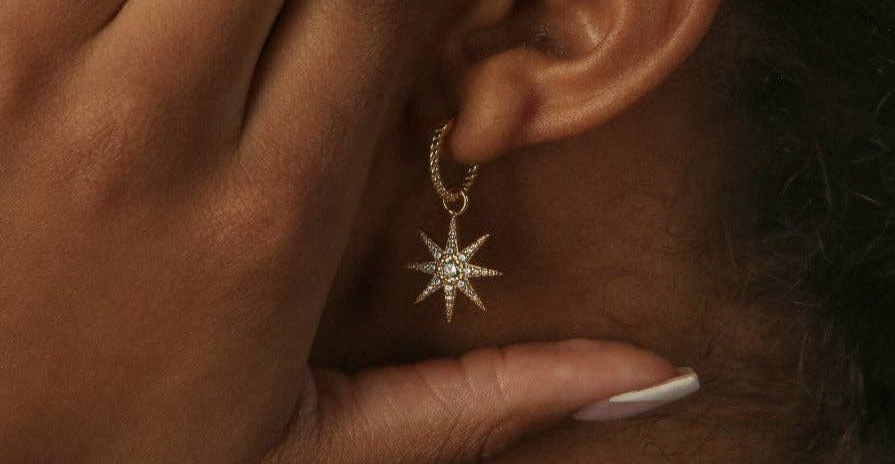
Understanding the Gold Differences: Gold-Plated, Gold Vermeil, Gold-Filled, and Karat Gold
Share
Understanding the Gold Differences: Gold-Plated, Gold Vermeil, Gold-Filled, and Karat Gold
Exploring Gold Differences for Better Jewelry Choices
When it comes to gold differences in jewelry, understanding the unique qualities of each type is essential. The choice between gold-plated, gold vermeil, gold-filled, and karat gold directly affects durability, price, and long-term value. Knowing these gold differences ensures you make informed decisions whether you want an affordable accessory, a luxurious finish, or a timeless investment.
1. Gold-Plated ✨
Gold-plated jewelry is crafted by bonding a very thin layer of gold onto a base metal like copper, brass, or sterling silver. The technique, called electroplating, creates an attractive golden appearance without requiring much gold content.
While gold-plated pieces are the most budget-friendly, they are less durable and tend to fade with everyday wear. Still, they remain an excellent choice for anyone who wants the shine of gold without a large investment.
2. Gold Vermeil ✨
Gold vermeil jewelry uses sterling silver as the base, coated with a thicker layer of gold—at least 2.5 microns. This added thickness offers more durability compared to gold-plated items while maintaining a luxurious appearance.
Vermeil is ideal for buyers who want both quality and affordability. Its longer-lasting finish highlights why understanding gold differences is crucial when weighing value against price.
3. Gold-Filled ✨
Gold-filled pieces bond a significantly thicker layer of gold—at least 5% of total weight—onto base metals such as brass. This process creates a strong finish that withstands frequent use while resisting tarnish.
With durability that rivals solid gold at a fraction of the price, gold-filled jewelry is a smart option for those wanting a lasting accessory. Among the gold differences, this type balances cost, quality, and longevity.
4. Karat Gold ✨
Karat gold is measured in purity, with 24K being pure gold. Since pure gold is soft, it is often alloyed with metals like copper or silver to enhance strength. Common karat levels include 10K, 14K, and 18K.
Solid gold provides unmatched quality, beauty, and investment value. Although more costly, it stands as the ultimate option for jewelry enthusiasts who value timeless appeal and durability.
Which Gold Option Is Best for You?
Choosing between gold differences depends on your goals. If you want affordable style, gold-plated suits occasional use. For a richer finish without overspending, vermeil offers elegance. Gold-filled gives durability for daily wear, while karat gold ensures a premium, lifelong investment.
Summary of Gold Differences
- Gold-Plated – Budget-friendly, thin layer, less durable.
- Gold Vermeil – Sterling silver base, thicker layer, affordable luxury.
- Gold-Filled – Thick gold layer, durable, excellent value.
- Karat Gold – Pure gold, most expensive, lasting value.

Each type reflects unique qualities. By recognizing the main gold differences, you can select jewelry that aligns with your lifestyle, budget, and personal style. No matter the choice, each option brings beauty and individuality to your collection.

